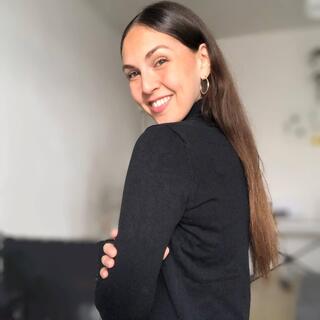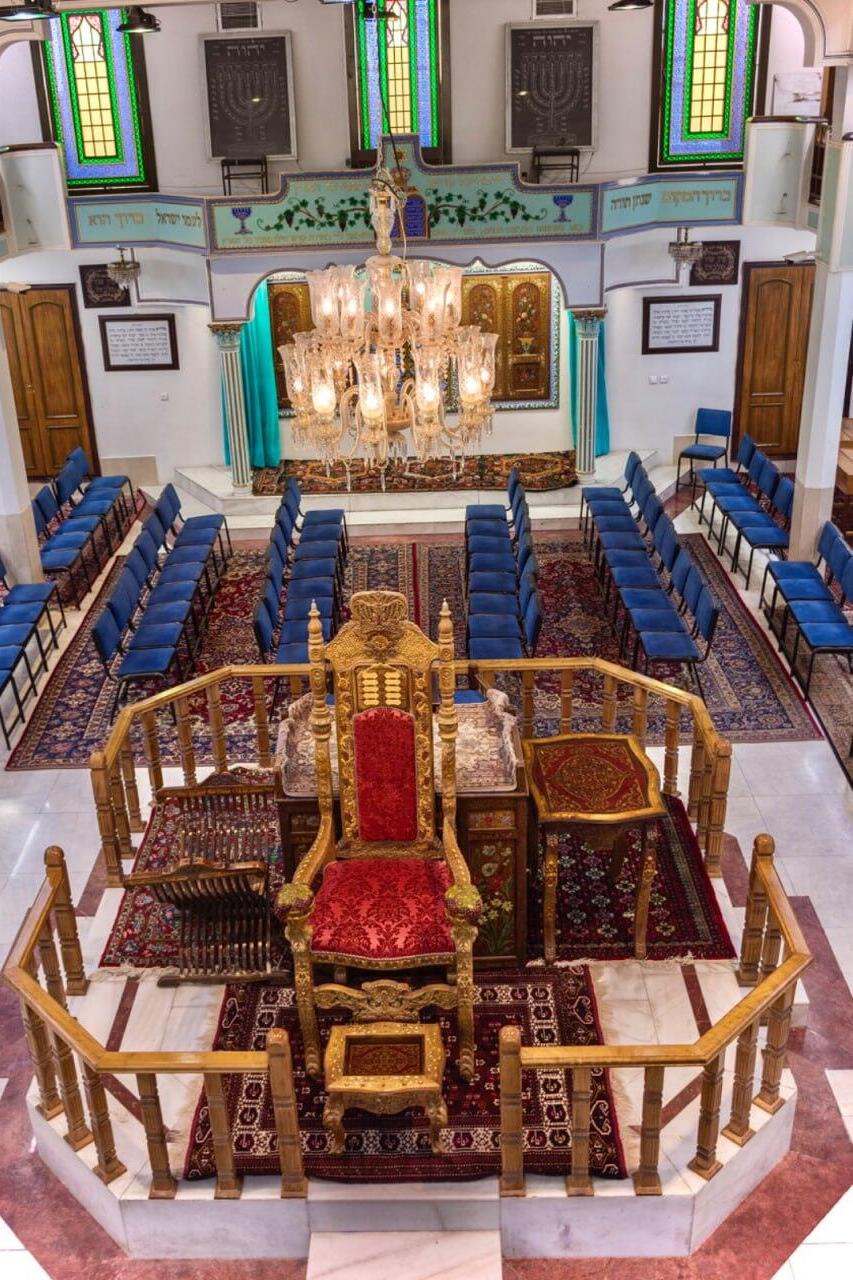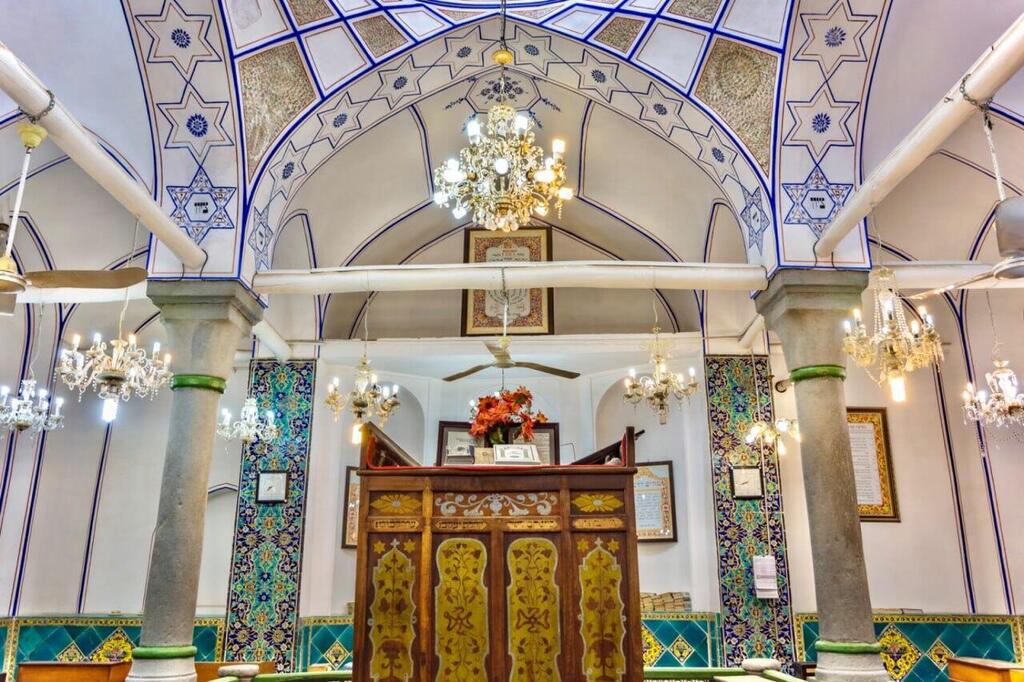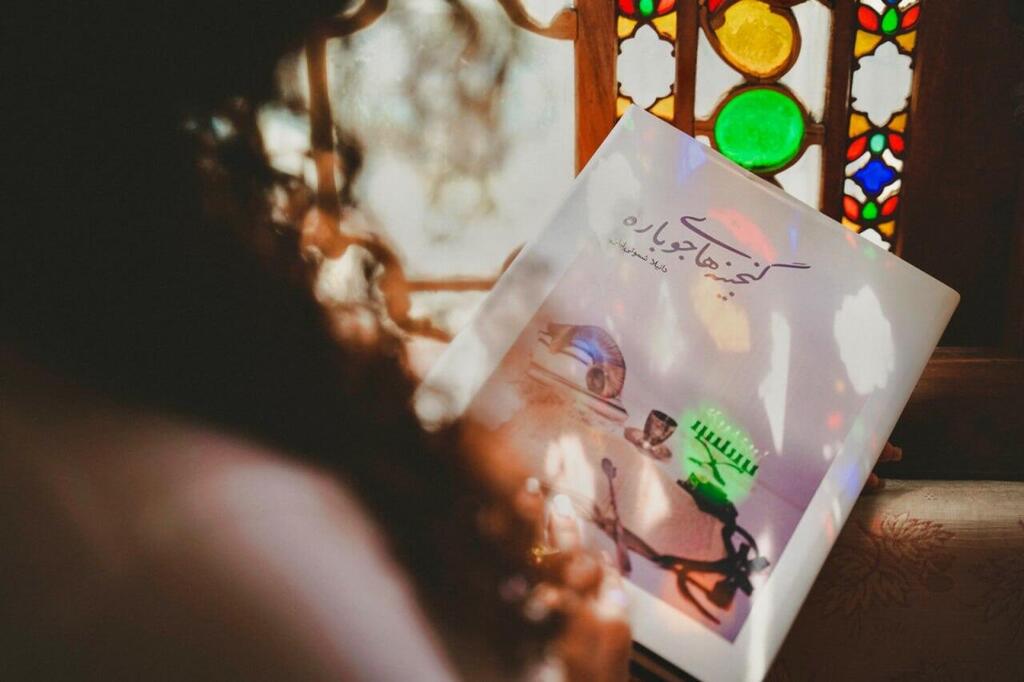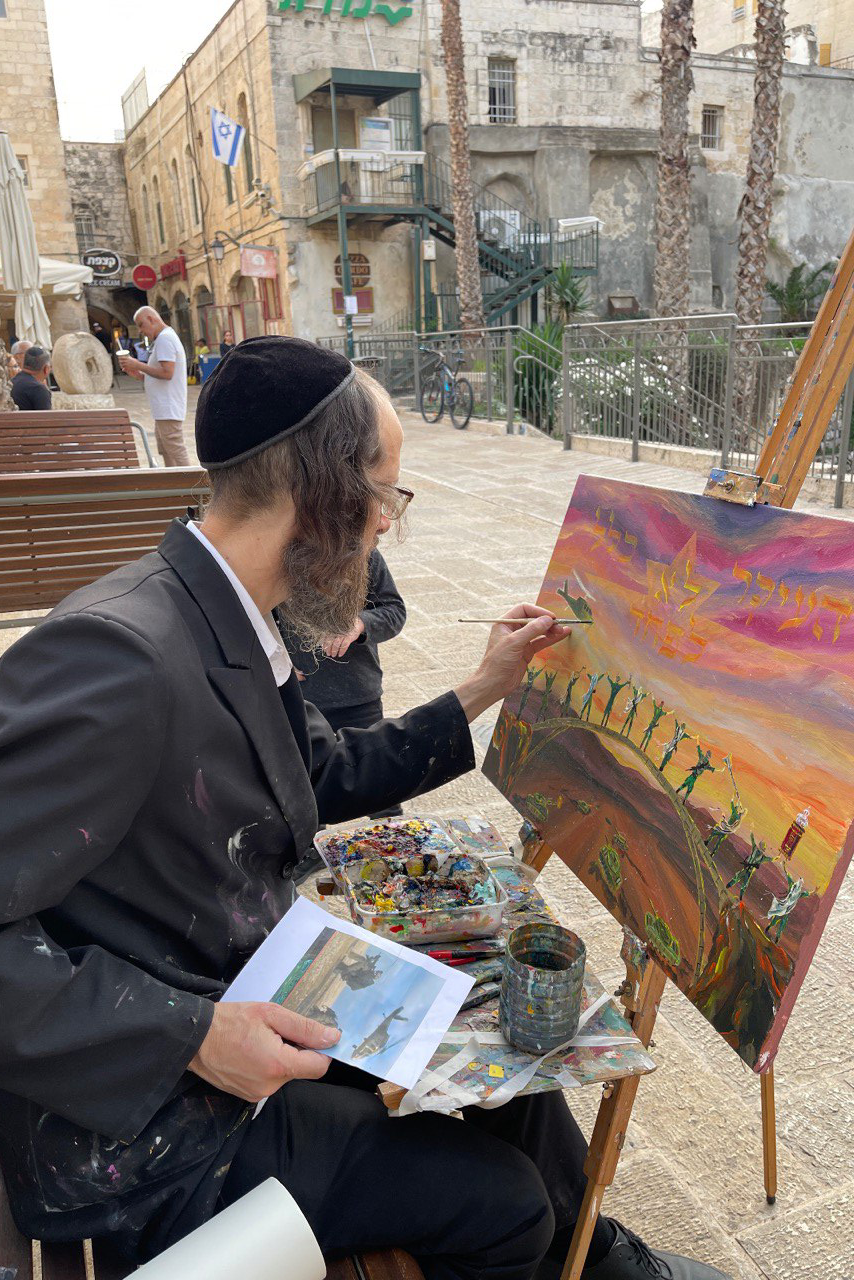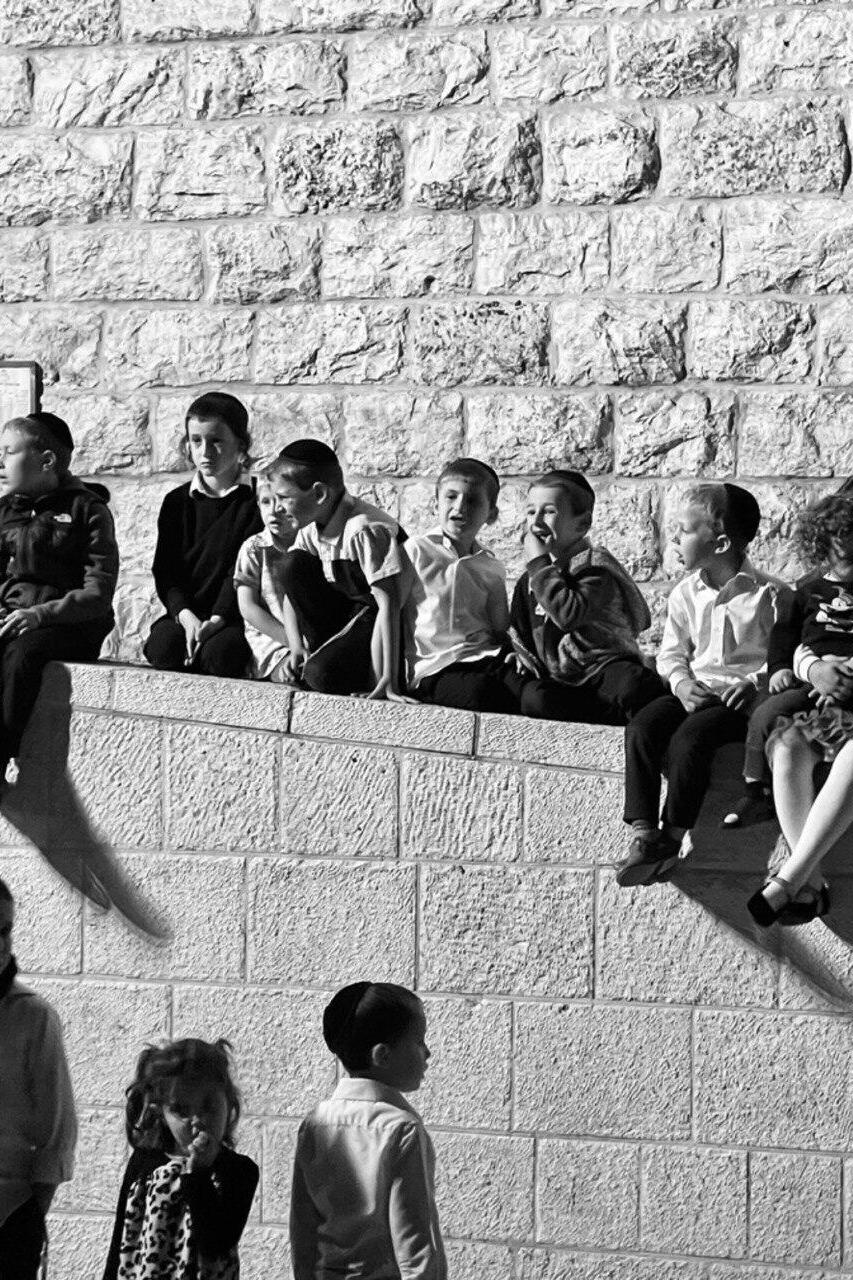Getting your Trinity Audio player ready...
Three months before that Saturday, Daniela told her family she planned to make aliyah. “Despite the challenges, something in my heart told me it was time,” she recalls. Her younger brother Gabriel, a musician, decided to join her. On October 8, they boarded a flight with a stopover in Turkey — only to be confronted by breaking news reports about the October 7 massacre.
“I’d already seen early reports back in Iran but hoped it wasn’t serious,” she says. “Once we landed in Turkey, I realized the scale of the disaster. Because we were Jewish, we weren’t allowed to leave the hotel.”
Despite the fear and uncertainty, they stuck to their plan. As soon as flights resumed, they continued to Israel. “The journey was hard, but once I made the decision I knew I wouldn’t turn back,” Daniela says. “Two hours after landing, I heard my first air raid siren. I was shaking, terrified — I had no idea what to do.”
She soon adjusted to life in Israel. “I started studying Hebrew at an ulpan with people from all over the world. They were shocked when I said I was from Iran. They didn’t realize there was still a Jewish community there.”
Preserving Iran’s Jewish legacy
Daniela was born into a traditional Jewish family in Iran and attended a Muslim school, where she was educated in Persian. Her grandparents live in Jerusalem — she first visited them at age 10, though she doesn’t remember much from that trip. Her brother Gabriel is now in Israel, her sister lives in the U.S. and one brother remains in Iran.
“I was the only Jew in my school,” she says. “At first I felt lonely and different but over time I came to appreciate what made me unique. When a teacher mispronounced my name and asked where I was from, I always answered with pride. My father told me, ‘You’re both Jewish and Persian. Learn to live with both identities.’
“I never hid who I was. In my 26 years there, I never felt threatened. On the contrary, people were curious. Unlike the antisemitism in Europe, Iranians actually like Israel. I have Muslim friends there who are like family to me.”
Get the Ynetnews app on your smartphone: Google Play: https://bit.ly/4eJ37pE | Apple App Store: https://bit.ly/3ZL7iNv
After earning a degree in English translation, Daniela decided to pursue her passion for photography professionally. “It started as a hobby, but I fell in love with it,” she says, describing the studio she opened — Tameshk (Persian for “raspberry”). Among her favorite projects: a campaign for traditional Persian carpets and a modeling shoot featuring a burqa with a unique design.
But one project stood out: a visual tribute to her Jewish roots and her love for the country she left behind. “A guy from the U.S. messaged me on Instagram and asked if I could photograph his father’s synagogue,” she says. “After I sent him the photos, I realized this could be a way to preserve Iran’s Jewish history.”
She began documenting Jewish life in Isfahan, Iran’s third-largest city and discovered 17 synagogues still standing. With her camera in hand, she set off to photograph them — gathering stories from local residents and books to accompany the images.
“What makes these places so special is the architecture — a blend of Islamic design and Jewish symbols,” she explains. “One synagogue had a mosque-style dome with walls decorated with menorahs and Stars of David. You won’t see that anywhere else in the world. I felt it was my mission to tell the stories behind these sacred places.”
She compiled her work into a book titled The Jewels of Joubareh. “One of the synagogues I documented belonged to my great-grandfather,” she says. “When my father saw it in the book, he was deeply moved.”
Only two copies of the bilingual book — written in Persian and English — were printed in Iran. Daniela now shares the images on her Instagram page while searching for a publisher to help distribute the book in Israel and abroad.
“It’s the first and only book of its kind documenting Jewish life in Isfahan,” she says. “It has a historical and cultural value that I want to preserve for future generations. The photos tell the story of a small Jewish community — only about 2,000 people in a city of two million.”
Over the past year and a half, Daniela has dealt with the emotional strain of living far from her parents, who remain in Iran. She hopes they’ll eventually join her. “I miss Iran, but I’m at peace with my decision to live in Israel,” she says.
“In life, you give something up to gain something else. I gave up a lot to get here — but I also gained a lot. Israeli and Iranian cultures are similar — warm people, a love of nature, the weather. But Persian food definitely wins.”


